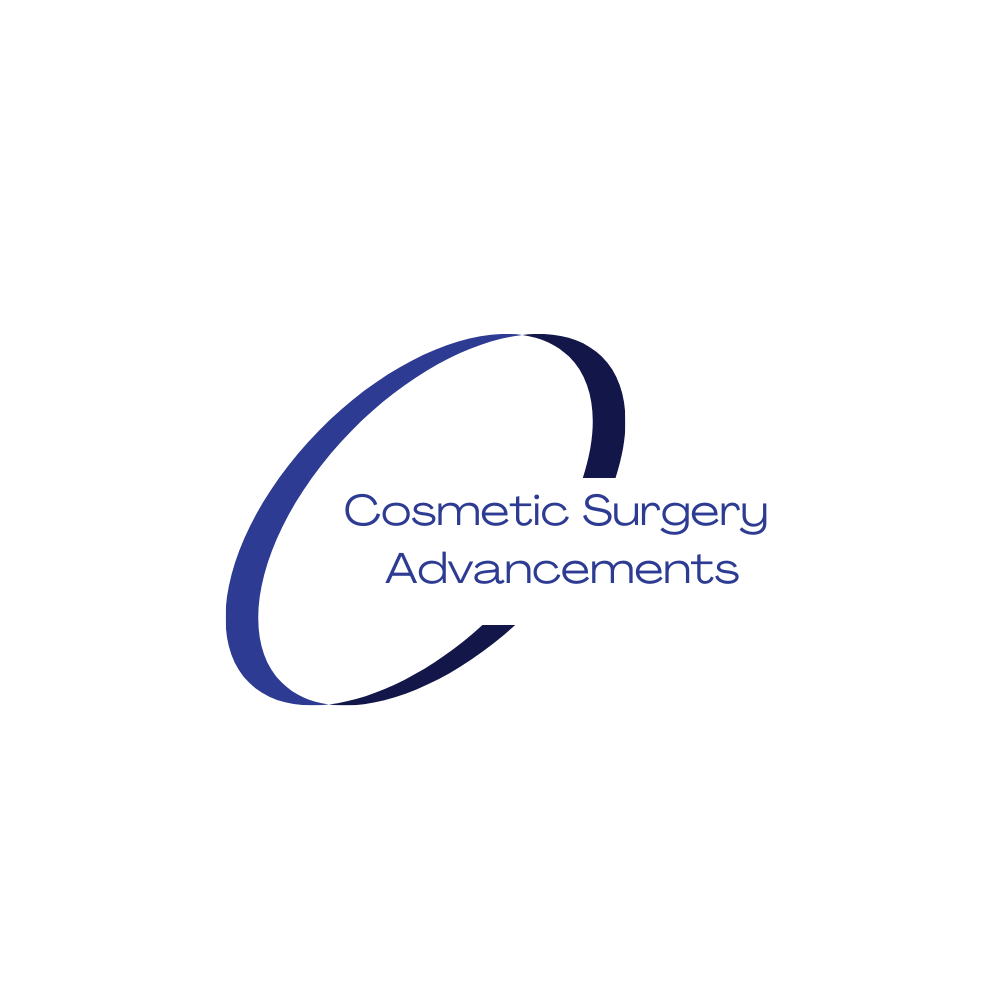The World Health Organisation (WHO) classified Breast Implant-Associated Anaplastic Large Cell Lymphoma (BIA-ALCL) as a rare and highly treatable type of non-Hodgkin’s lymphoma that can develop due to breast implants in 2016.
BIA-ALCL is not breast cancer, but a form of T-cell lymphoma that usually occurs in the fluid and scar tissue surrounding textured implants.
Individuals with polyurethane-coated implants and textured breast implants are at risk. Both silicone and saline implants have been associated with this condition.
In response to the FDA’s request in July 2019, Allergan voluntarily withdrew the below brands of breast implants from sale.
| Brand | Style |
| Natrelle Saline | 168, 363, 468 |
| Natrelle and McGhan 410 and 410 Soft Touch | LL, LM, LF, LX, ML, MM, MF, MX, FL, FM, FF, FX |
| Natrelle 510 Dual-Gel | LX, MX, FX |
| Natrelle INSPIRA | TRL, TRLP, TRM, TRF, TRX, TSL, TSLP, TSM, TSF, TSX, TCL, TCLP, TCM, TCF, TCX |
| Natrelle and McGhan Round Gel | 110, 110 Soft Touch, 120, 120 Soft Touch |
| Natrelle Komuro | KML, KMM, KLL, and KLM |
| Natrelle Ritz Princess | RML, RMM, RFL, RFM |
| Natrelle 150 double lumen implants | Full Height and Short Height |
| Natrelle 133 tissue expanders with and without suture tabs | 133FV, 133MV, 133LV, 133MX, 133SX, 133SV, |
| Natrelle 133 Plus tissue expander styles with and without suture tabs | 133P-FV, 133P-MV, 133P-LV, 133P-MX, 133P-SX,133P-SV |
Source: FDA
The TGA in Australia has also withdrawn the below implants:
- Polytech Health & Aesthetics GmbH: Sublime Line, Microthane silicone breast implants and 4Two Line, Single Lumen, Micro Polyurethane, silicone breast implants
- Eurosilicone SAS: Cristaline Paragel Cohesive Gel Implant
Other implant manufacturers linked to BIA-ALCL include:
- Mentor (acquired by Johnson & Johnson): MemoryGel™ SILTEX silicone implants
- Sientra: Opus™ silicone breast implants
- GC Aesthetics: Eurosilicone and Nagor, textured surface silicone breast implants
- Silimed: BIODESIGN™ textured surface silicone breast implants
- Polytech Silimed Europe GmbH: textured surface silicone breast implants
Although the likelihood of acquiring BIA-ALCL is still under debate, evidence from reliable resources indicates that the risk is less than 0.1%. The Scientific Committee on Health, Environmental and Emerging Risks (SCHEER) completed the most recent investigation in 2020, and the results show that the projected lifetime incidence ranges from 1.65 to 35 instances per 100,000 *(0.00165% and 0.035%).
As of March 2024, the American Society of Plastic Surgeons (ASPS) reported that for textured implants placed during the preceding 20 years, the estimated lifetime risk of BIA-ALCL is 1:2,207-1:86,029 *(0.045% to 0.001%).
You may have received this information on a patient device card when you had your breast augmentation. If you would like to obtain any of this information, speak with the surgeon or company that performed your breast augmentation or request the record of your surgery (operative notes) from the facility where it was performed.
Symptoms of BIA-ALCL can occur quickly and typically include:
- Unusual, painless swelling in the one or both breasts
- Lumps in the breasts or armpit
- Change to skin texture, redness or rash
- Changes in the size or shape of the breasts
- Breast feel firmer indicating capsular contraction
- Breast discomfort, soreness, or pain
Consult your doctor immediately and explain you have breast implants and are concerned about symptoms of BIA-ALCL. These symptoms don’t automatically mean you have BIA-ALCL, but it’s crucial to get evaluated promptly.
Diagnosis involves a combination of physical examinations, ultrasound and, or MRI imaging tests. A needle biopsy with fluid drainage will be required if a collection of fluid or a mass is discovered in order to test for BIA-ALCL.
Armpit lumps could indicate that BIA-ALCL has progressed to the lymph nodes or they could just be a typical lymph node enlargement. A surgical excision of a lymph node or a needle biopsy may be carried out for testing.
The primary treatment for BIA-ALCL is the surgical removal of the affected implant and the surrounding scar tissue capsule, this is called total or en-bloc capsulectomy. In more advanced cases, chemotherapy and,or radiation therapy may be required.
Currently there are no known cases of BIA-ALCL in individuals who have only ever received smooth implants. However, if you have implants associated with BIA-ALCL there is no way to prevent it from occurring.
Removal of the implants with en-bloc capsulectomy is the recommended surgery to treat BIA-ALCL, however this procedure does not totally rule out the possibility of developing BIA-ALCL. The most important factor is early detection of symptoms and diagnosis of BIA-ALCL.
The time frame varies. Some cases develop within a few years, while others may occur a decade or more after the breast implant surgery. This highlights the importance of long term monitoring and awareness of BIA-ALCL symptoms.
Currently the medical regulatory bodies in the UK, US/Canada and Australia do not advise removal of textured breast implants if you are not experiencing BIA-ALCL symptoms. Factors like your implant history and overall health are crucial considerations.
Most health agencies around the world don’t recommend routine removal of implants, but rather emphasise monitoring and prompt attention to potential symptoms.
The procedure is more extensive than breast augmentation or simple breast implant removal. Because the procedure involves removing the implant and the entire surrounding scar capsule this carries additional surgical risks and a longer recovery period.
In some cases, a breast lift may be performed at the same time to improve the aesthetic outcome and help prevent seromas occuring in the gap left by the implants.
Recovery time varies depending on the type of procedure. Typically with a partial capsulectomy you will experience some pain for a couple of days and discomfort, swelling, and bruising which will subside within around two to four weeks.
The recovery time following an en-bloc capsulectomy will depend on various factors and should be discussed in detail with your surgeon.
If BIA-ALCL is ruled out, your doctor may recommend ongoing checkups or imaging studies to monitor your breast health as deemed necessary. Be sure to discuss your continued care plan with your healthcare provider.
While the treatment for BIA-ALCL has a high success rate, there is a possibility of recurrence (the cancer coming back) in some cases. Your doctor will recommend follow up care and monitoring.
In rare cases, BIA-ALCL can spread to other areas, like lymph nodes. This is why prompt diagnosis and treatment are crucial to prevent complications.
Having a family history of breast cancer or other types of lymphoma may influence your overall risk for certain cancers. However, there’s no evidence of a direct genetic link specifically to BIA-ALCL.
In most cases, BIA-ALCL treatment should not directly impact your ability to have children. However, some treatment options, like certain chemotherapy drugs, can affect fertility. Consult with your doctor or a fertility specialist if this is a concern.
To claim compensation you will need to register a claim with a law firm. The warranty on specific Allergan implants may vary, to find out more you can complete an Allergan Breast Implant Warranty Claim.
Smooth implants are considered to have no link to BIA-ALCL risk. However, many surgeons believe they have a higher associated rate of other potential complications. Ask your plastic surgeon to provide a full list of potential risks and complications associated with your specific implants.
The most critical aspect to improve your safety when undergoing breast augmentation or cosmetic breast surgery is to select a qualified plastic surgeon with good medical standing.
I set up Cosmetic Surgery Advancements with a mission to help individuals obtain the safest cosmetic surgery possible. You can discover outstanding plastic surgeons in our CSA Cosmetic Surgery Directory.
CSA plastic surgeons have undergone extensive background checks for board certification from the American Board of Plastic Surgery, The Royal College of Physicians and Surgeons of Canada, or the GMC specialist registry in the UK.
These organisations ensure that plastic surgeons are held to the highest standards, to provide you with transparent, skilled, and safe solutions for cosmetic plastic surgery.
BIA-ALCL Compensation Claims
There have been various class action lawsuits filed against Allergan. The advantage is you can join a class action without paying anything. You will only pay if the case is successful, which is normally an agreed percentage of the total settlement awarded. Class actions can take decades to complete and Allergan have not settled any lawsuits to date.
Currently you can join an active lawsuit if you have had a BIA-ALCL diagnosis. Below are a few of the law firms in the UK, US, Canada and Australia that have filed class actions and are open to new plaintiffs joining.
Disclaimer:This information about law firms is for general informational purposes only and does not constitute legal advice.
Leigh Day: Since its founding in 1987, the firm specialises in cases involving healthcare and product liability. With its team of experienced lawyers and strong case history, it has established itself as a major player in the UK for those looking for compensation after being diagnosed with BIA-ALCL.
Anyone who is concerned about textured implants who does not have a BIA-ALCL diagnosis can still express their interest, and Leigh Day will evaluate the possibility of future legal action. Register your interest in the UK textured BIA-ALCL Allergan Breast Implant Claim.
Berger Montague: A class action lawsuit against Allergan was announced by Berger Montague PC, Sauder Schelkopf, And Mazie Slater Katz & Freeman in August 2019. Contact Berger Montague regarding the BIA-ALCL Allergan Textured Breast Implants claim
Canada Allergan Breast Implant BIA-ALCL Claims
Thomson Rogers: A class action lawsuit was filed against Allergan plc and a number of its affiliates in May 2019 by Thomson Rogers and Rochon Genova LLP. Please get in touch with Kate Cahill, co-lead counsel for the Canadian class action against Allergan, if you would like more details or to be added to the Allergan Implants class action.
Shine Lawyers: On behalf of Australian women who had problems or illnesses following the implantation of Allergan breast implants prior to the August 2019 recall, Shine Lawyers is accepting individuals to register for their Allergan breast implant class action investigation.



